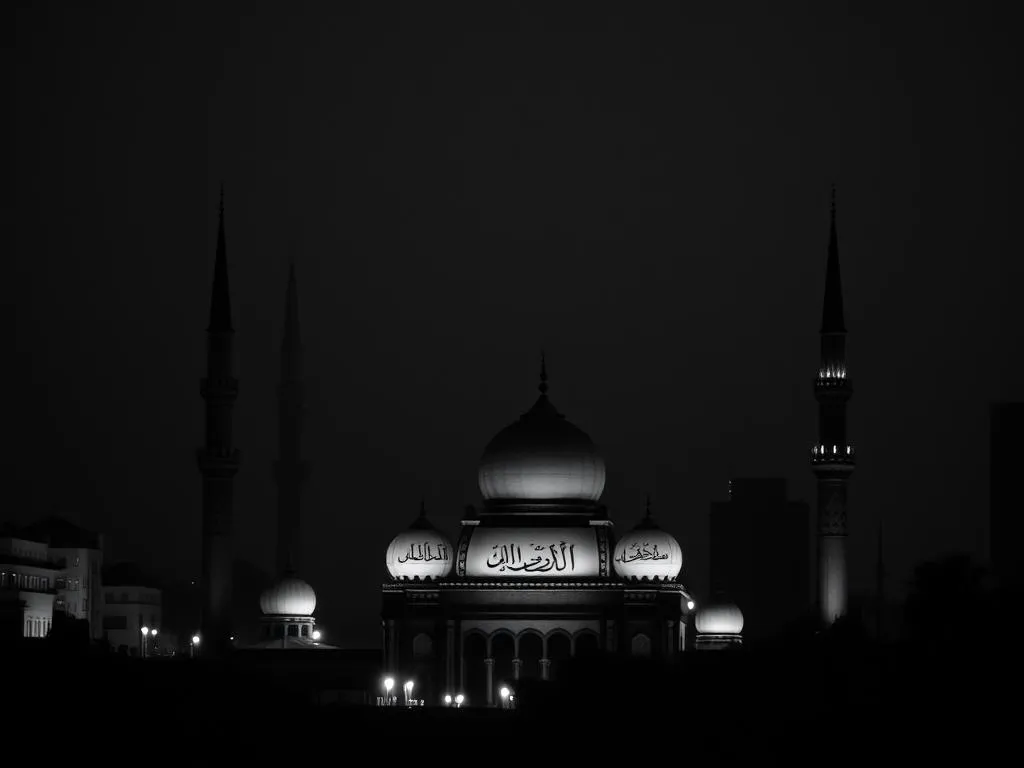Islamic Urdu Dream Meaning: Unveiling the Mysteries of Your Subconscious

Introduction
Islamic Urdu dream meaning is a fascinating and complex subject that has captivated the minds of people for centuries. Dreams have long been believed to hold profound insights into our subconscious, and in the Islamic tradition, they are often seen as a means of communication between the physical and spiritual realms. By understanding the symbolic language of our dreams, we can gain valuable self-knowledge and guidance on our spiritual journey.
In this blog post, we will explore the Islamic Urdu dream meaning and delve into the rich tapestry of symbolism and interpretation that can be found in our nocturnal visions. Whether you are a devout Muslim or simply curious about the intriguing world of dream analysis, this article will provide you with a deeper understanding of the hidden messages and insights that may be lurking in your dreams.
Deciphering the Symbols: Exploring Islamic Urdu Dream Meaning
Dreams in the Islamic tradition are believed to be a form of divine communication, and the Islamic Urdu dream meaning can be a powerful tool for self-discovery and spiritual growth. By understanding the symbolic language of our dreams, we can gain insights into our subconscious desires, fears, and aspirations, and use this knowledge to navigate the complexities of our lives.
One of the key aspects of Islamic Urdu dream meaning is the interpretation of specific symbols and images that appear in our dreams. For example, the presence of a mosque or a religious figure in a dream might suggest a spiritual or religious message, while the appearance of a loved one could represent the need for emotional support or connection.
Similarly, the interpretation of specific actions or events in a dream can also provide valuable insights. For instance, a dream of flying might represent a sense of freedom or a desire for personal growth, while a dream of falling might symbolize a fear of failure or a sense of loss of control.
Exploring Common Dream Symbols in Islamic Urdu Dream Meaning
One of the most common symbols in Islamic Urdu dream meaning is the presence of religious figures or sacred spaces. The appearance of a prophet, an imam, or a mosque in a dream might suggest a spiritual message or a call to deepen one’s faith. Similarly, the presence of religious texts or artifacts, such as the Quran or a prayer rug, might represent a need for spiritual guidance or a desire to strengthen one’s connection with the divine.
Another common symbol in Islamic Urdu dream meaning is the presence of water. Water is often seen as a symbol of purification, cleansing, and renewal, and a dream of swimming or being near water might represent a need for emotional or spiritual cleansing.
Additionally, the interpretation of animals in Islamic Urdu dream meaning can be quite complex. For example, the appearance of a lion might represent courage, strength, and leadership, while a snake might symbolize deception or temptation.
Interpreting Emotional and Symbolic Aspects of Islamic Urdu Dream Meaning
Beyond the specific symbols and images that appear in our dreams, the emotional and symbolic aspects of Islamic Urdu dream meaning can also provide valuable insights. For instance, the feeling of fear or anxiety in a dream might represent a real-life concern or a need to address a particular issue in our lives.
Similarly, the presence of positive or negative emotions in a dream can also be significant. A dream of joy or happiness might suggest a sense of fulfillment or contentment, while a dream of sadness or grief might indicate a need for emotional healing or closure.
Furthermore, the symbolic meaning of certain actions or events in a dream can also be important. For example, a dream of being chased or pursued might represent a sense of guilt or a need to confront a particular issue in our lives, while a dream of achieving a goal or accomplishing a task might suggest a sense of personal growth or achievement.
Integrating Islamic Urdu Dream Meaning into Daily Life
Once we have a better understanding of the Islamic Urdu dream meaning, the next step is to integrate this knowledge into our daily lives. By paying attention to our dreams and reflecting on their symbolic significance, we can gain valuable insights into our subconscious desires, fears, and aspirations, and use this knowledge to make more informed decisions and navigate the complexities of our lives.
One way to do this is by keeping a dream journal, where we can record our dreams and reflect on their meaning. By regularly recording and analyzing our dreams, we can begin to identify patterns and themes that may provide valuable insights into our personal and spiritual growth.
Another way to integrate Islamic Urdu dream meaning into our daily lives is by seeking guidance from religious or spiritual leaders who are knowledgeable in this field. Many Islamic scholars and spiritual advisors have a deep understanding of the symbolic language of dreams and can provide valuable insights and guidance on how to interpret and apply this knowledge in our lives.
Conclusion: Embracing the Power of Islamic Urdu Dream Meaning
Islamic Urdu dream meaning is a rich and complex subject that can provide us with valuable insights into our subconscious and our spiritual journey. By understanding the symbolic language of our dreams, we can gain a deeper understanding of ourselves and the world around us, and use this knowledge to navigate the complexities of our lives with greater clarity and purpose.
Whether you are a devout Muslim or simply curious about the intriguing world of dream analysis, exploring the Islamic Urdu dream meaning can be a powerful tool for self-discovery and personal growth. By embracing the insights and guidance that our dreams can provide, we can unlock the hidden mysteries of our subconscious and embark on a journey of spiritual and personal transformation.








